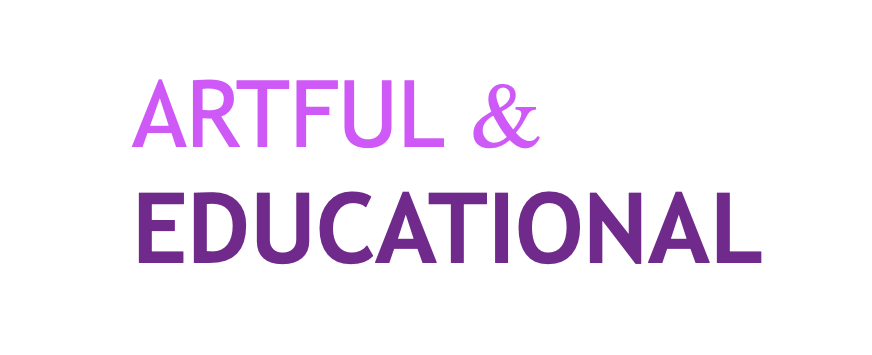Benefits of Low-Stakes Assessment in Visual Art Courses
Being a studio artist means working through many small steps in order to create something larger that is resolved. Those incremental steps can be challenging, because oftentimes we are alone in our studios while we work, and for emerging artists, there might not even be an audience outside of our closest friends and family members. So when things inevitably become challenging or go wrong in a project, it takes a lot of conviction and confidence to move forward and gradually inch our way toward a finished product.
In the undergraduate art classroom, students can benefit from an instructor who articulates the difficulty of working through these small steps, and who scaffolds learning by stacking low-stakes activities that are aimed at specific skill-building. For example, if I want my students tackle a difficult portrait drawing for their Midterm assignment, I need to prepare them by first practicing proportion, drawing the overall shape of the head and torso, experimenting with mark-making, and eventually moving on to creating shadows and highlights to define the structure and form of the figure.
This, of course, seems obvious to anyone with drawing experience—-you’ve got to practice and synthesize these specific skills in order to make pencil look like flesh. The important point to stress here is that these tasks should each be assessed, whether that means grading it as its own assignment, providing substantive feedback on the work, or having students critique one another. This way, the time spent drawing in class is more productive, and students are accountable in a way that is clearly articulated to them.
These smaller steps are much more manageable. Breaking it down can make it less intimidating and more accessible to your struggling student, or your non-art major. Low stakes assessments are easier targets for students to reach, so if you build them up in a smooth and fluid way, you can imagine students climbing up the steps you’ve built for them until they reach the summit, or the higher stakes assessment that usually comes at the end of the term.
Frequent deadlines are also good for engagement, something many schools are struggling with post-pandemic.
Set your students up for success and watch them flourish!
